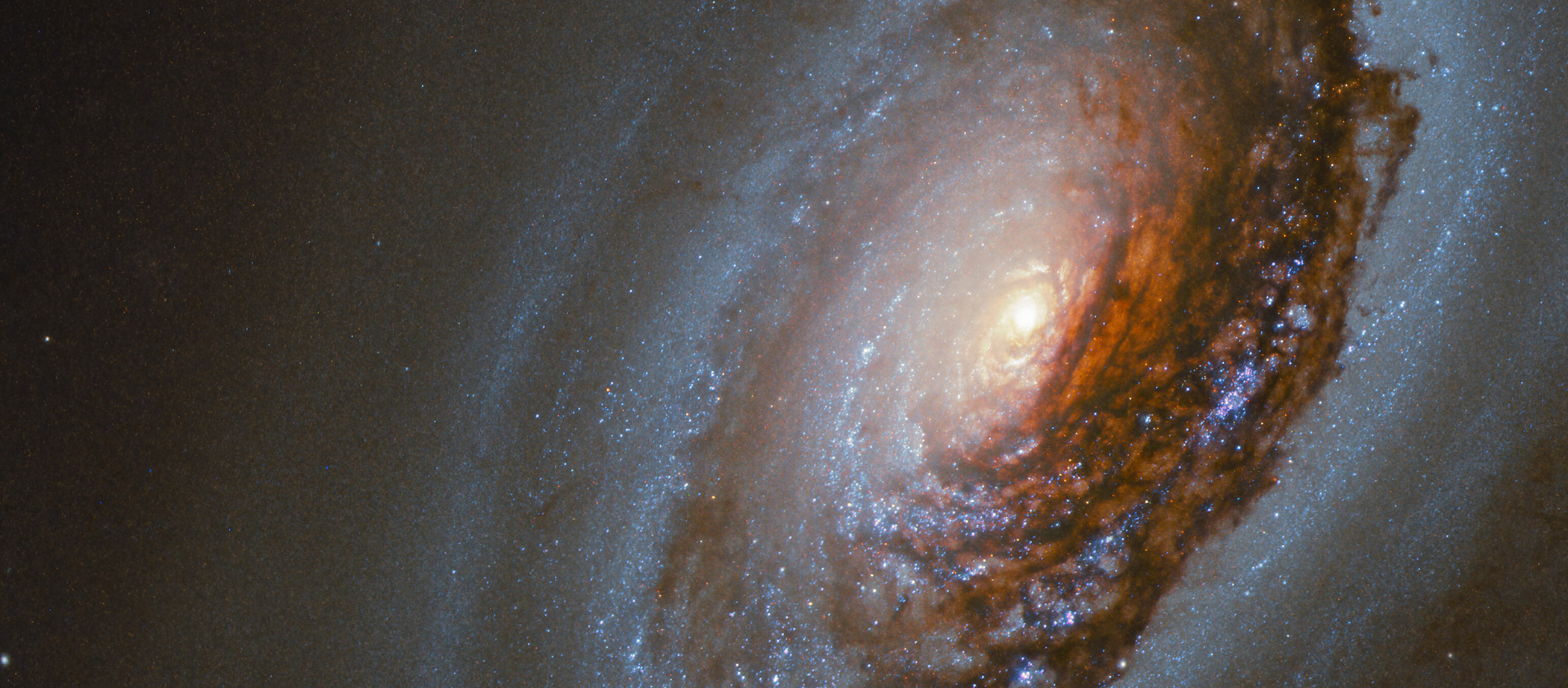404
The cosmic object you were looking for has disappeared beyond the event horizon.
Page not found: /science-news/science-at-nasa/2008/30jan_mercurysurprise/
Return to NASA Science Contact NASARockets aren’t the only thing we launch.
Welcome to our improved NASA website! If you don't find what you are looking for, please try searching above, give us feedback , or return to the main site .
Sitemap Submit Feedback
